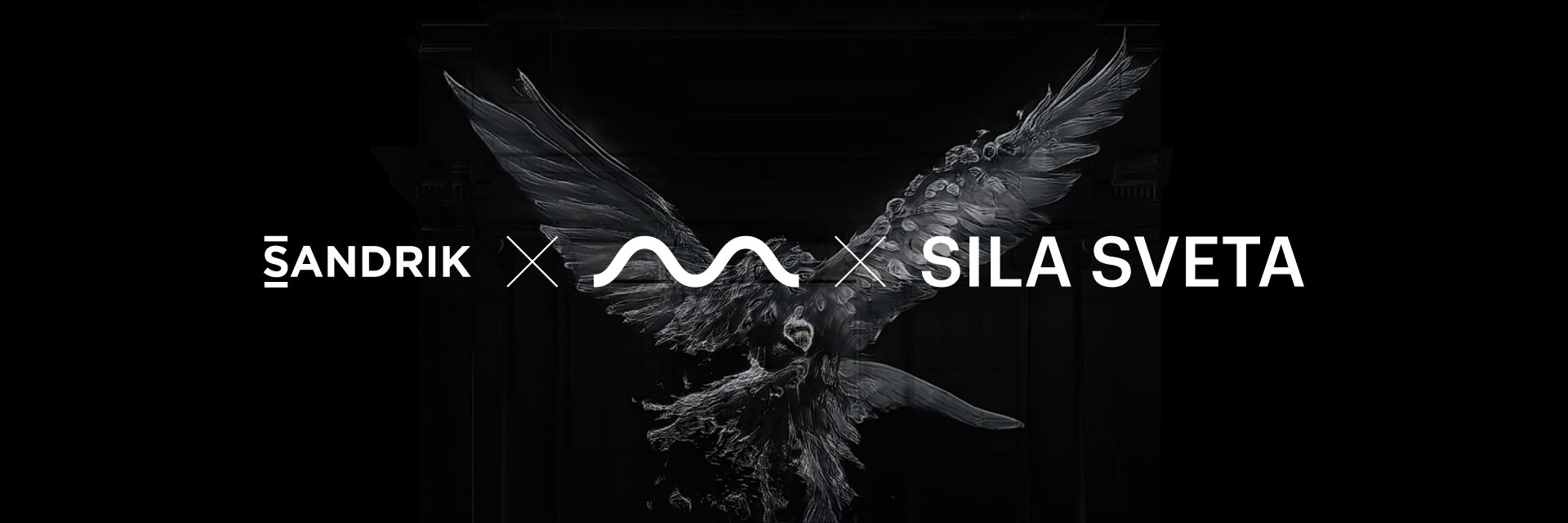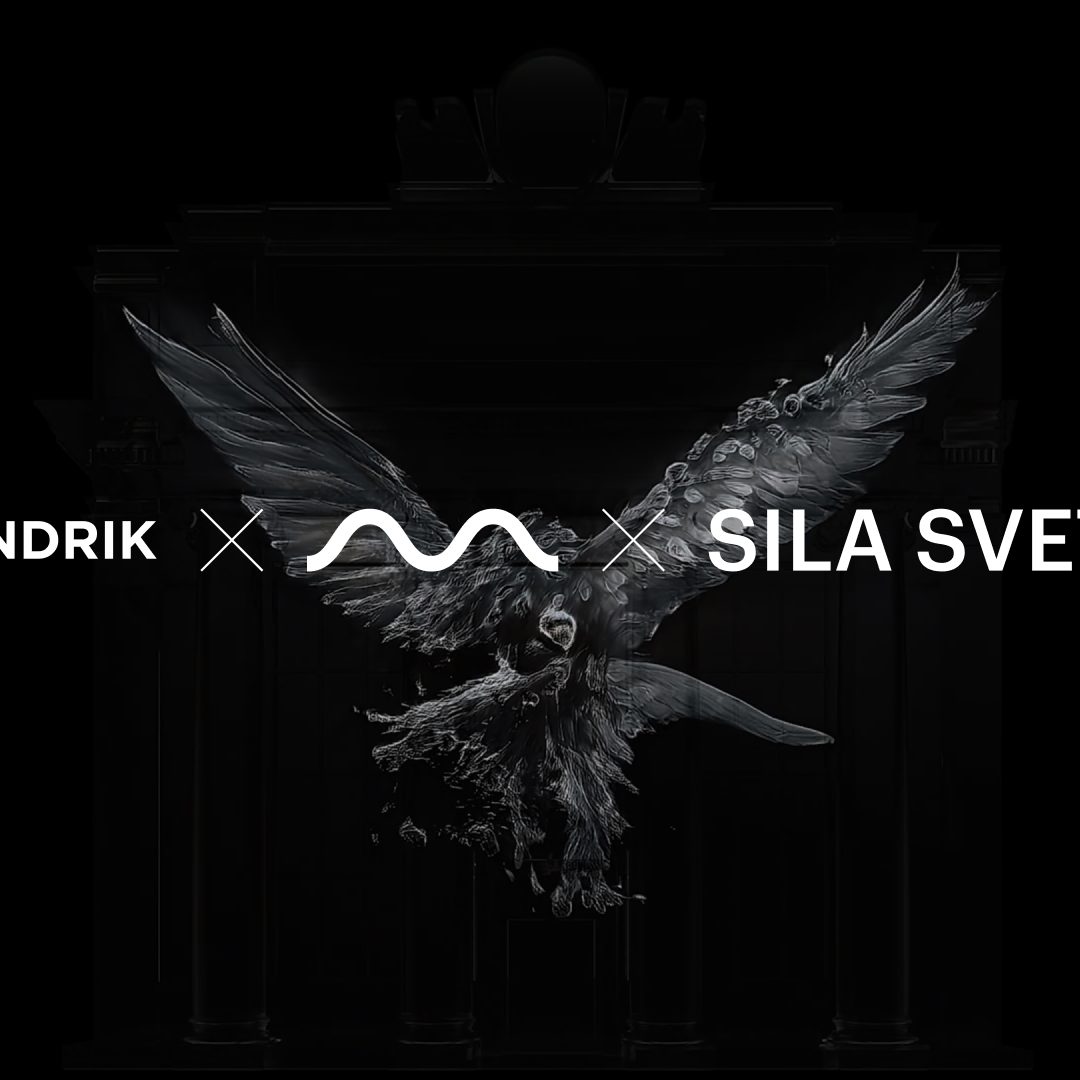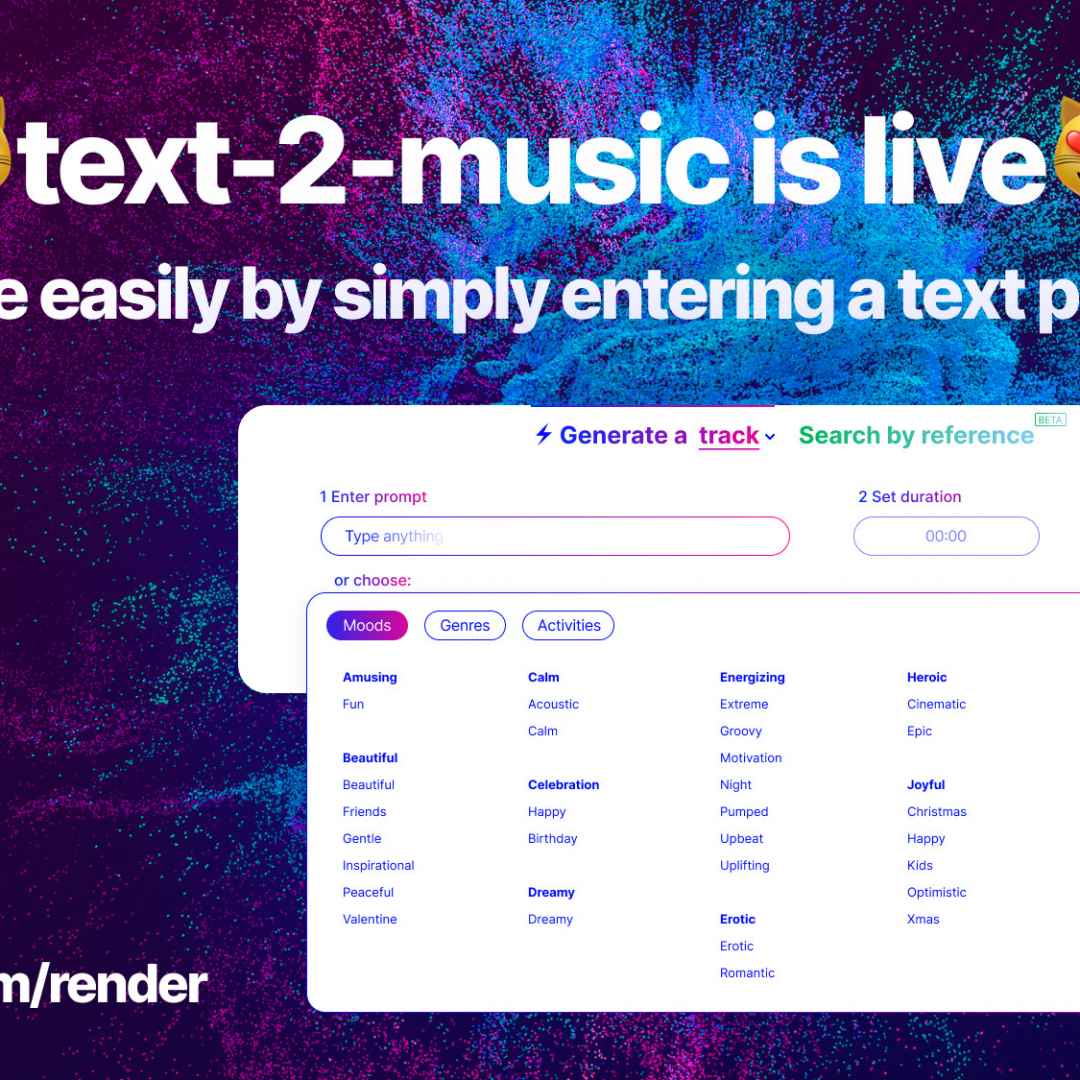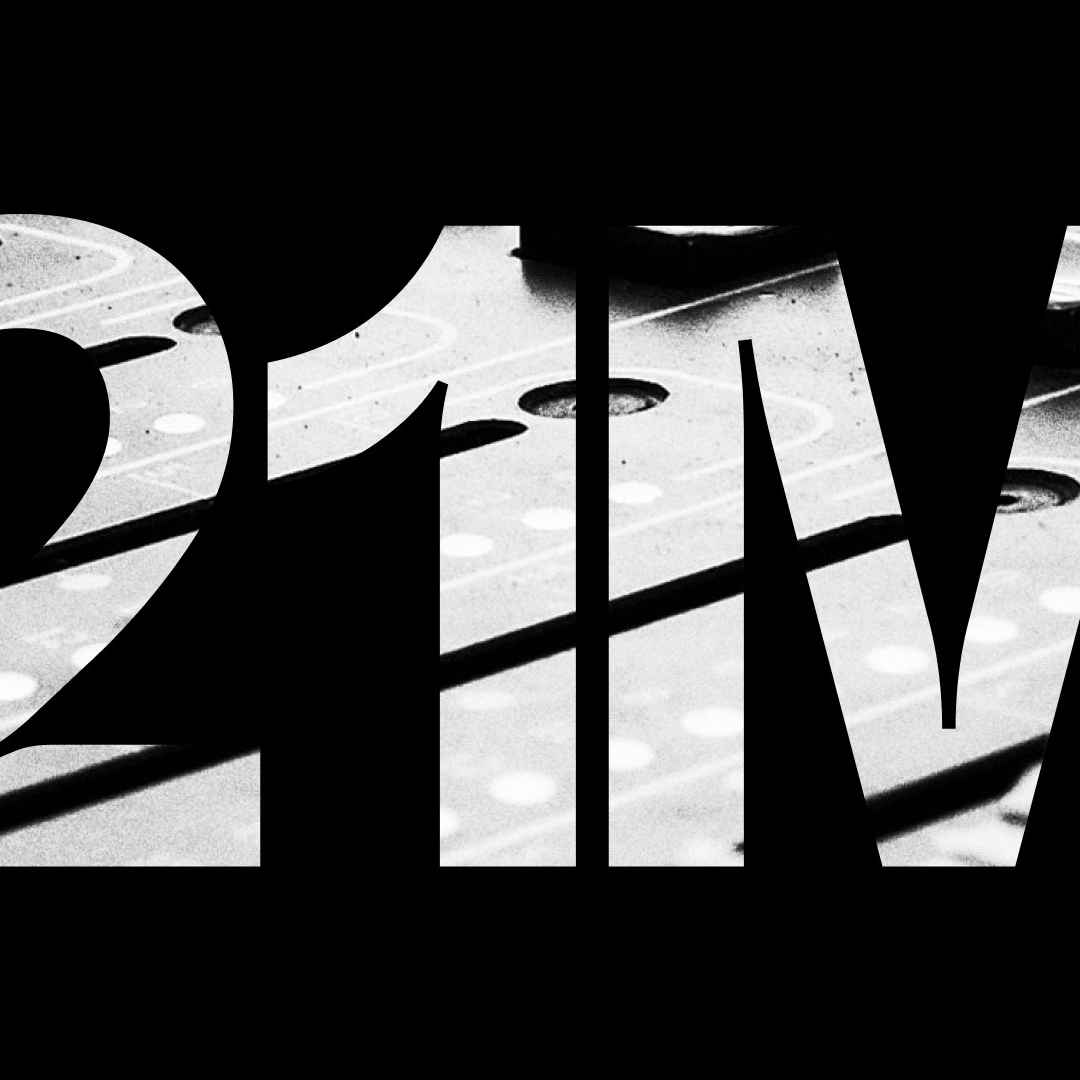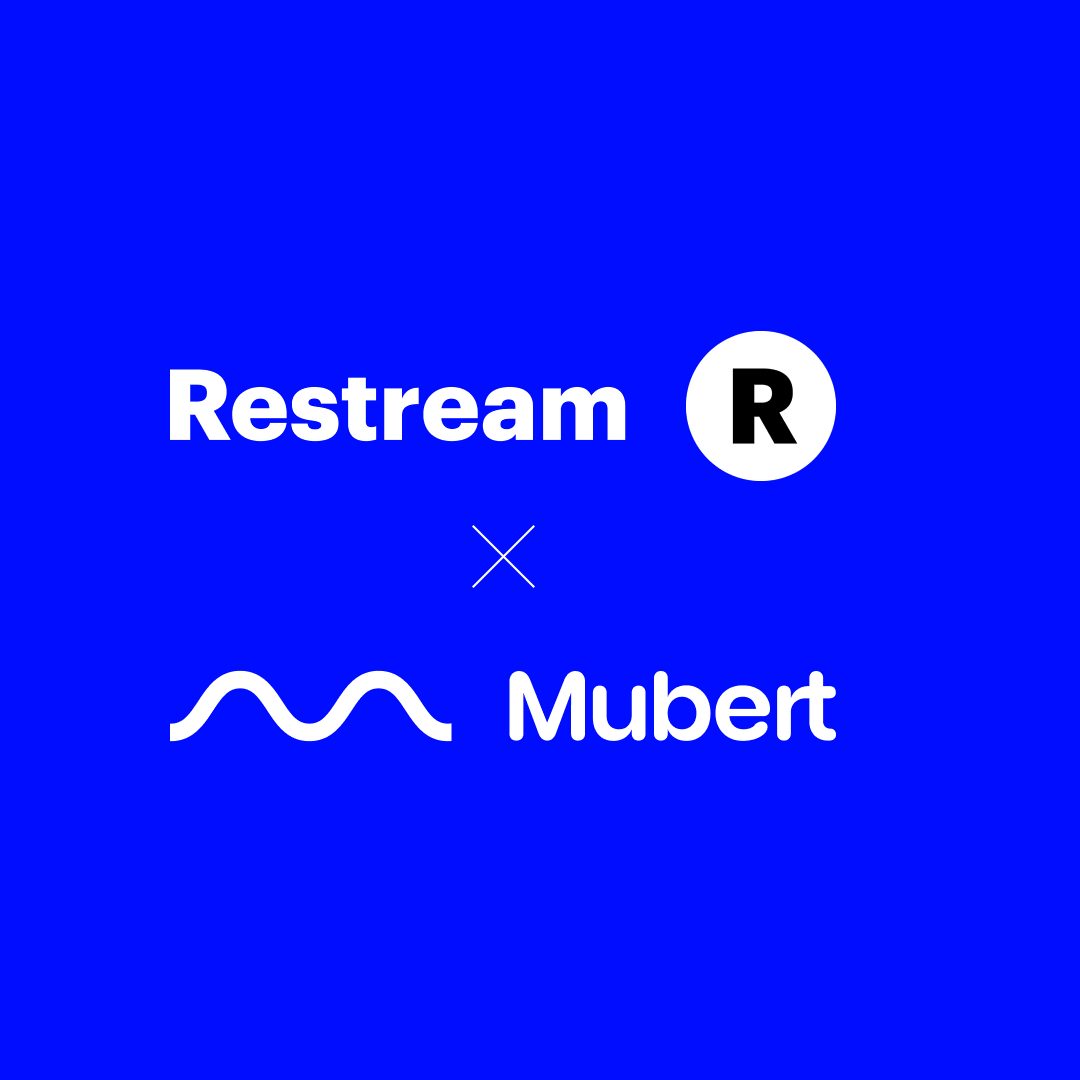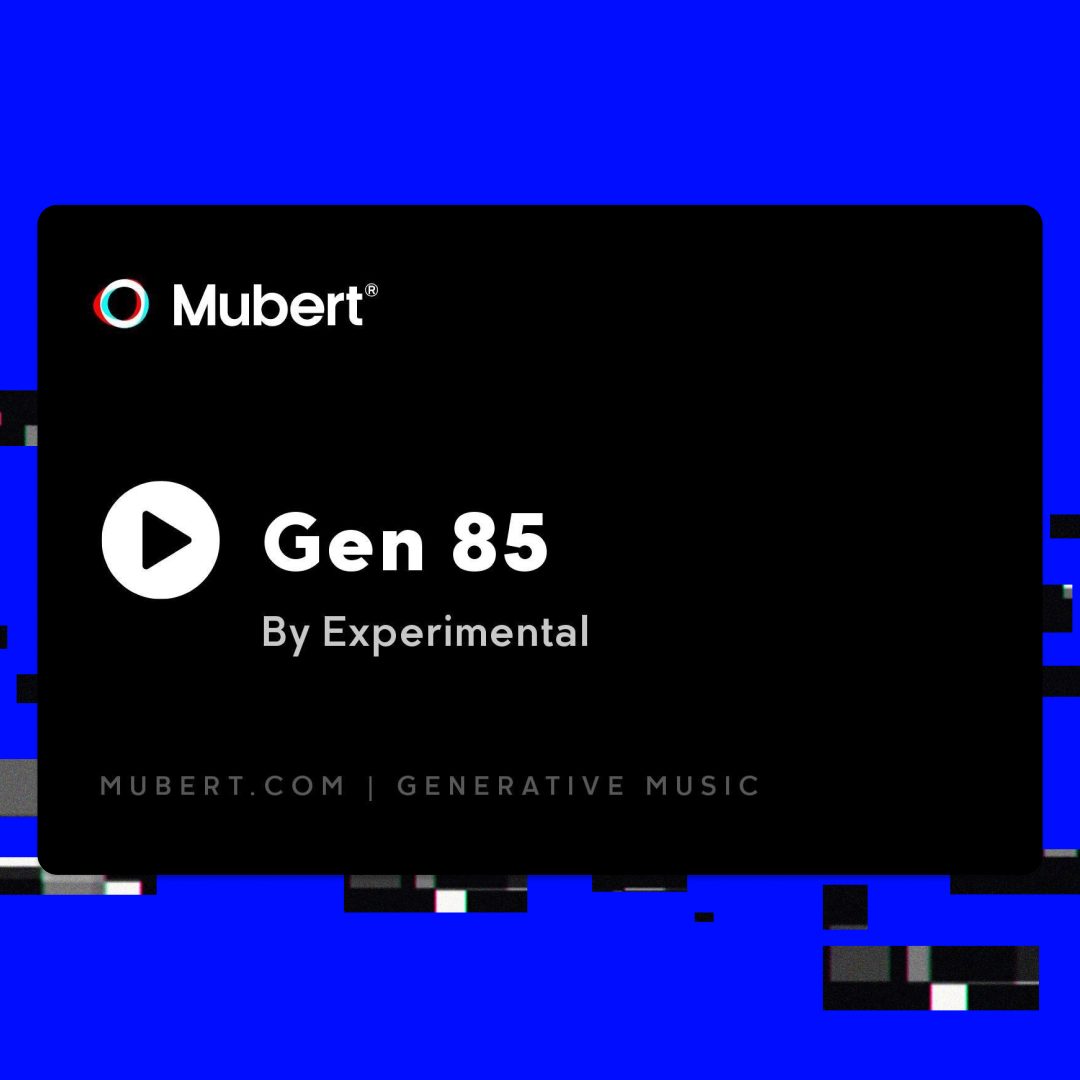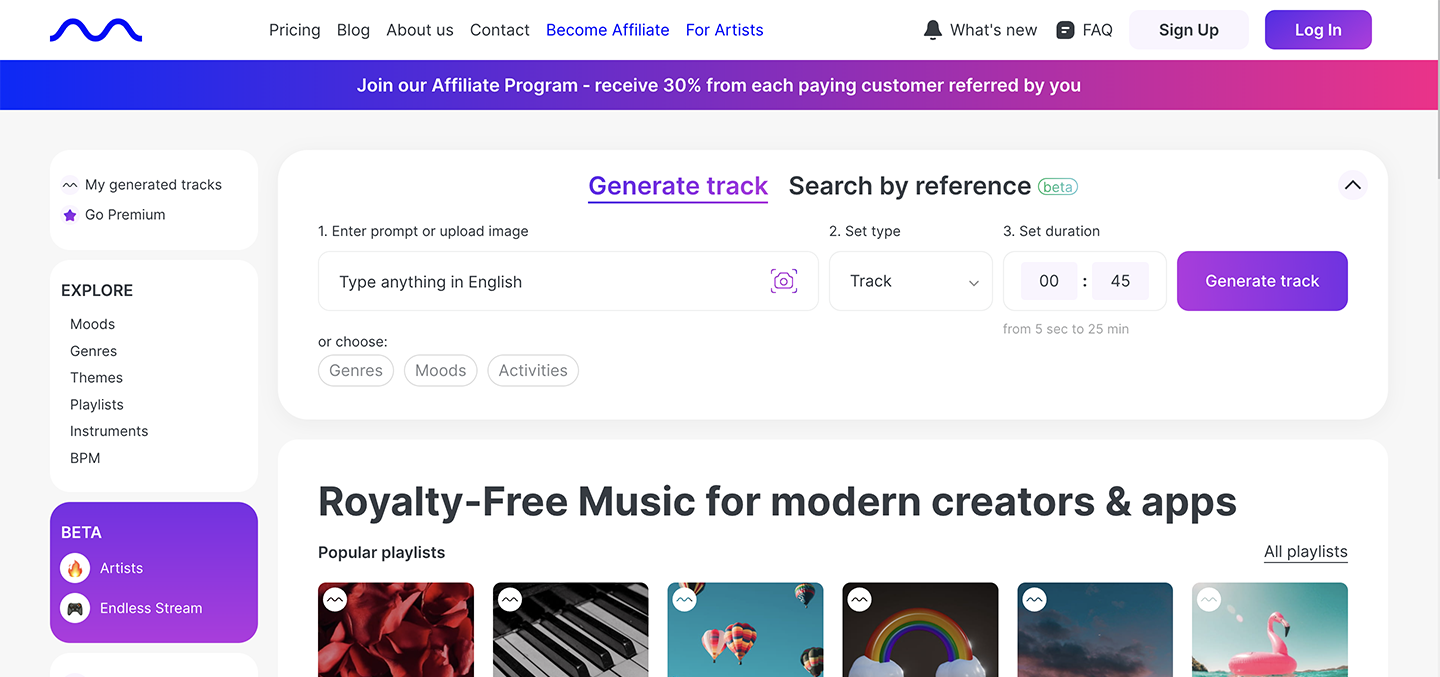
Create royalty-free AI music tracks with one click
Just describe what you want and get an instant track of any duration — and you will never meet any troubles with copyrights
Get startedA project initiated by Sila Sveta, who represented the human part, was created by the studio’s artist Madina Fattakhova with audio composed by Monoleak; and AI — represented by Alexander Pogrebetsky with audio generated by Mubert.
The music: Mubert supplied sounds and audio that were developed by a plethora of technologies and AI.
- For Mubert, this project has been a new experience because the team had to create a soundtrack for AI-generated visuals and it had to fit a certain aesthetic. “Art that is created in this way has a peculiar spirit of distorted perception, not just strange sounds,” Paul Zgordan, Mubert’s co-founder and Chief Content Officer, begins. “We had to use only artificial intelligence tools with minimal human post-processing.”
- Wanting to create an eerie atmosphere that can be observed in Edgar Poe’s poems, Mubert was set on showing — through the interpolation of the reader’s voice with the raven’s scream — that the author of this poem could be the raven himself. “As for aesthetics, one of the paradoxes of machine art is that you want to do something natural with the help of AI,” Paul says. “At the same time, when you hear a good corresponding result, you may want something utterly non-existent because you want to emphasize the origin of this material, so there are different sounds in our soundtrack, natural and completely artificial.”
- The team started by using neural networks to experiment with the sounds — bells, rustling, knocking, voices, and ravens — to get interesting textures. Part of the sounds was crossed with Mubert’s existing samples by transferring percussion and musical sounds onto noises.
- From the start, Zgordan didn’t see it as a competition as the team just enjoyed the development process. “The competitive part for us was just extra fun, and at some point, we even thought that the AI was winning. When we found out that “human” won, we even relaxed because it meant that we live in reality and not in a dream,” he concludes.
The event: Sila Sveta initiated the project. Mapping involves turning objects into a display surface by the means of projection.
- “We always say that mapping is dead as a genre, it has been mastered a long time ago and the only chance to give it a new meaning is to come up with something completely new, so we traditionally try to bring an experiment,” Alexander Us, Co-founder and Creative Director at Sila Sveta, says, explaining that the battle between AI and humans seemed to fit perfectly into this concept. Nowadays, people often wonder whether AI will be able to make shows, computer graphics, and create art in the near future, which was why it seemed so cool to test it out on this project.
- In order to make it a fair competition, Sila Sveta took a classic literature work, divided it into two parts, and put both parties in equal conditions. “It all became possible with algorithms on the AI side and only one designer on the human side,” Sveta Yermolayeva, Sila Sveta’s Creative Producer, adds. Looking for classic American literature which would be similar to the works of Alexander Pushkin, have a rich visual language, and have many layers of meaning that could be interpreted in different ways, the team chose Allan Edgar Poe’s The Raven poem. “It fits very well visually because the raven itself is an interesting animal with different meanings,” Alexander elucidates. “Plus, the work is quite compact, it took 7 minutes, but in the end, we had to cut it a little and make it 5 minutes.”
- For the company, this has been the first project where it had to work with a small studio team representing the “human” side and having AI take part too.
- When discussing AI, Sveta thinks it’s just a tool in the hands of humans. “However, over the years people will give it an increasingly complex structure … and perhaps people will somehow incorporate to it a desire to self-develop, to be famous, and so on,” Alex says. He also believes that in art where hand-craft plays an important role and technique is crucial, AI will certainly be able to do it more skillfully.
- In this battle, the winner was chosen by voting. After the show, people were able to scan a QR code on the building’s facade and vote on a website for either human or AI-based on whosever part they liked more.
- The show was projected onto the National Bank building facade in Binghamton, which was chosen by LUMA producers, and it appeared to suit the initial concept perfectly.
The art: Alexander Pogrebetsky’s main idea was to demonstrate what modern machine learning algorithms can produce as a piece of visual art.
- “The visuals have been designed by AI completely,” he says, explaining that the neural network was trained on thousands of images relevant to Allan Edgar Poe’s poem.
- Overall, Pogrebetsky thinks AI is very exclusive as of right now but will be very popular in the future.
- From the battle, the designer expected a draw. Overall, Alexander hopes that this is “the last battle” and that we all step into a world where AI and humans are “BFFs.”
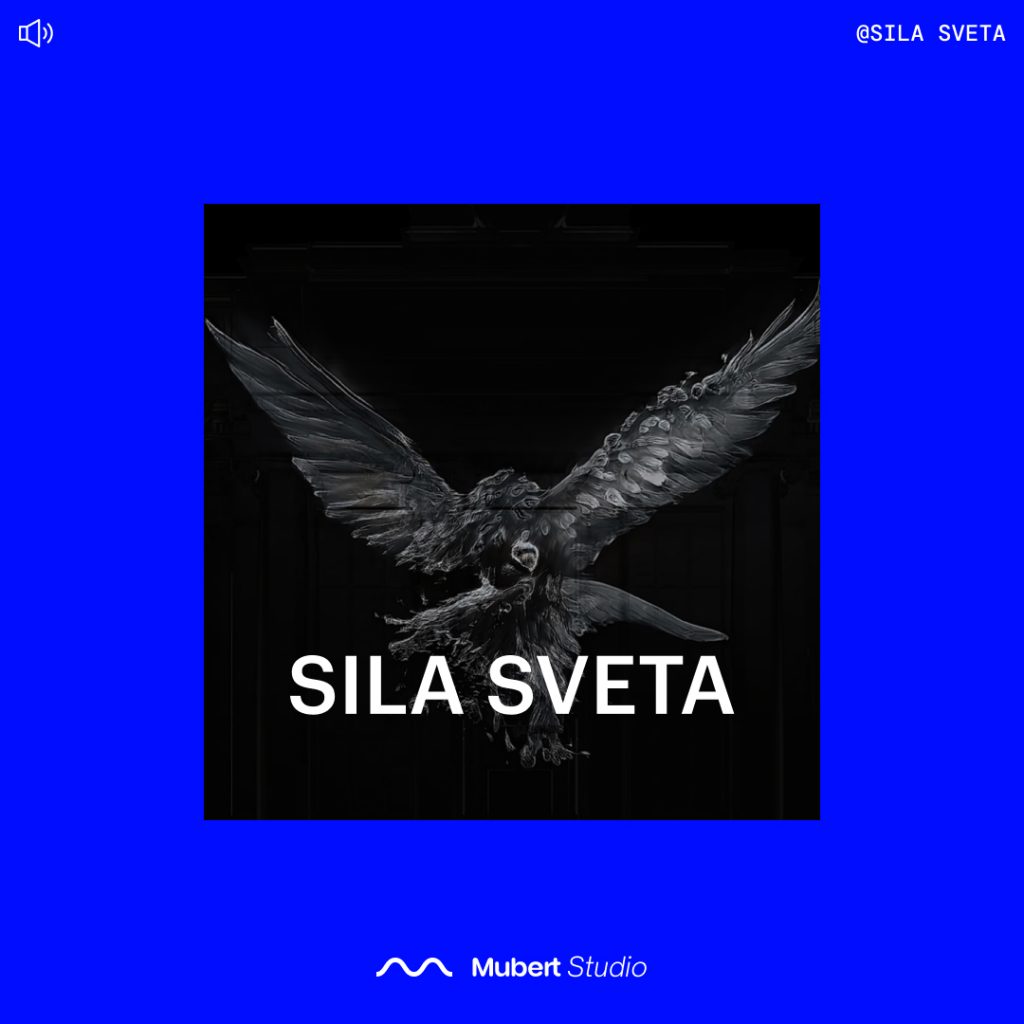
Why it’s important: 3D mapping is very popular entertainment that has a wide audience. “By contrasting AI and humans, several goals can be achieved — first, to show that AI is still far from the results that can be achieved by living artists, [which] can reassure people who are afraid of innovations,” Paul shares. On the other hand, the result is something unique and interesting, so people get used to understanding AI as an artistic tool, and this can inspire them to take part in the development of technologies that will work for the good.
As AI technologies advance, there will be more presentations of successful outcomes through art, and, as Mubert’s CCO said earlier, people will perceive it more easily even as artificial intelligence gets closer to giving out more human-like results. “It is very important to show people that algorithms can be used to create something beautiful and that all our work is aimed at reducing the barrier that prevents people from revealing their creativity,” Zgordan concludes. The use of AI will enable more people to make art while allowing them to create more complex art objects at the same time.
Collaborations, NewsAI Music Company
Mubert is a platform powered by music producers that helps creators and brands generate unlimited royalty-free music with the help of AI. Our mission is to empower and protect the creators. Our purpose is to democratize the Creator Economy.
Generate Track API for Developers
